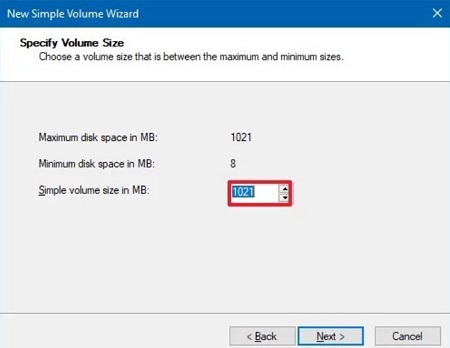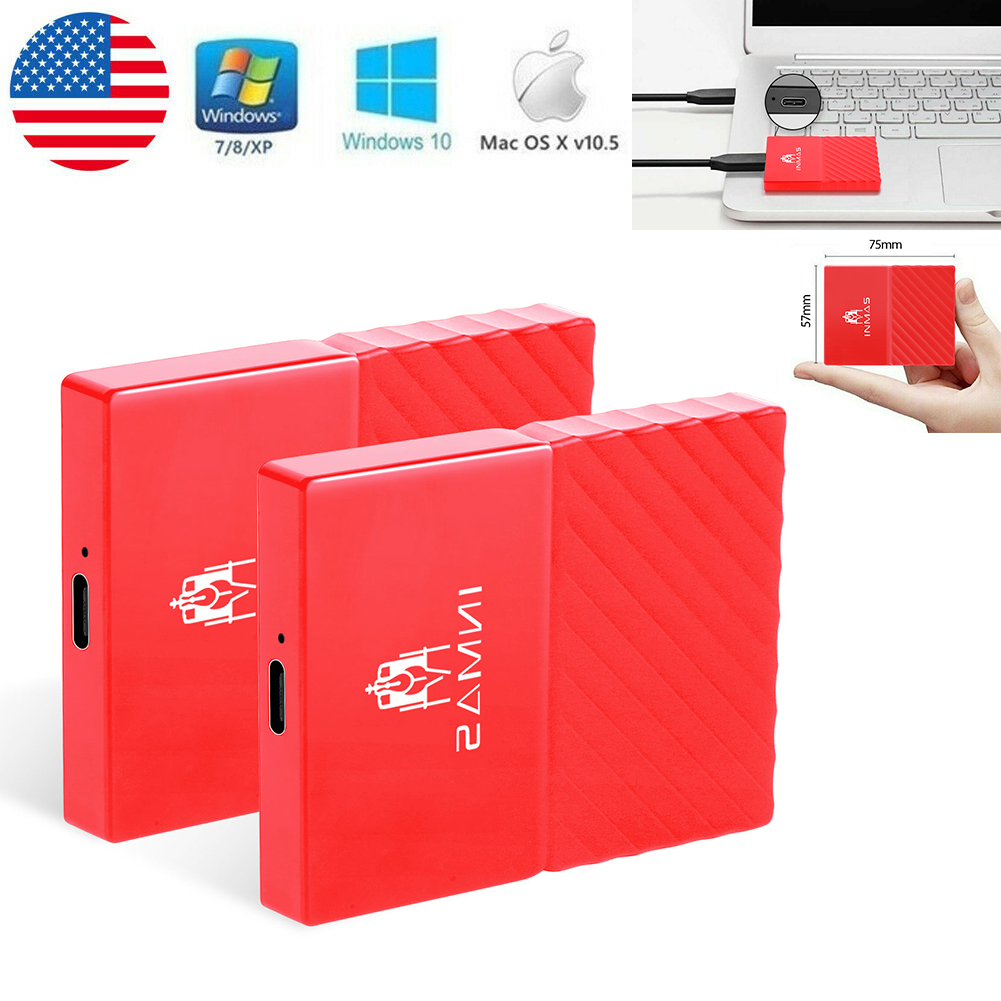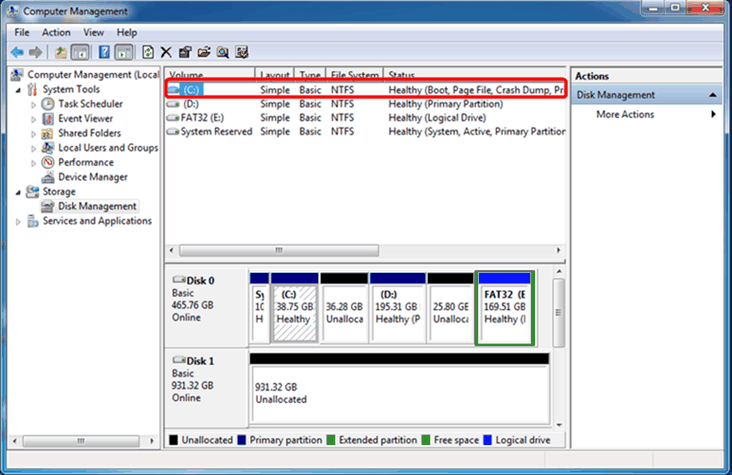
- #FORMATTING SSD FOR WINDOWS 7 INSTALL HOW TO#
- #FORMATTING SSD FOR WINDOWS 7 INSTALL LICENSE KEY#
- #FORMATTING SSD FOR WINDOWS 7 INSTALL INSTALL#
You can format a device to FAT32 as long as it won't be used to store files that are over 4GB in size. Therefore, if a drive is formatted as FAT32 file system, you can use it on different systems, such as Windows, Linux and Mac. Almost all operating systems and devices fully support FAT32 file system.

The advantage of using FAT32 file system lies in the compatibility.
#FORMATTING SSD FOR WINDOWS 7 INSTALL HOW TO#
How to make your USB device bootable without formatting guide might also interest you.FAT32 is a widely used file system on removable drives such as USB flash drives and SD cards. Once you have recovered all data, follow our how to delete Windows.old folder to free up GBs of free space guide.

Once the installation is done, navigate to Windows drive and open up Windows.old folder to access your data from the previous installation. Step 4: Follow the on-screen instructions to complete the installation. Simply click on the OK button to proceed installing Windows by moving existing installation to a new folder called Windows.old.
#FORMATTING SSD FOR WINDOWS 7 INSTALL INSTALL#
In this step, in order to install Windows without erasing the drive, simply select the drive containing existing Windows installation and then click Next button. Step 3: Follow the on-screen instructions until you see the drive selection screen where you need to select a partition to install the operating system. You can go through our how to create bootable Windows USB or how to install Windows from USB guide to prepare your bootable USB drive. Step 2: Connect your bootable Windows installation media to your PC, make necessary changes to BIOS/UEFI to boot from DVD/USB, and then boot from the bootable media. If you don’t have the required free space, you can try extending the existing system partition or disable hibernation. Step 1: Make sure that you have at least 16 GB (for 32-bit installation) or 20 GB (for 64-bit) of free space on your existing Windows drive before continuing further.

Install Windows 10/8/7 without erasing previous installation
#FORMATTING SSD FOR WINDOWS 7 INSTALL LICENSE KEY#
And if can’t locate your Windows product key, please follow our how to reinstall Windows without the product license key to reinstall Windows without the product key.

After performing Windows installation or reinstallation, you just need to open up the Windows.old folder to recover your data before deleting the same to free up some disk space.įollow the given below instructions to install or reinstall Windows without erasing or formatting the drive. When you install or reinstall Windows without formatting the drive, Windows setup moves the existing Windows installation to a new folder called Windows.old, meaning you don’t need to backup all data before installing Windows. In other words, the drive containing existing Windows installation must have a minimum of 16 GB for 32-bit and 20 GB for 64-bit free space in order to perform a fresh installation of Windows without erasing the drive. The fact is we can install or reinstall Windows 7, Windows 8/8.1 or Windows 10 operating system without formatting or erasing Windows drive provided that the drive has plenty of free space to accommodate the new installation. And if you have installed tens of programs, you probably even need to make a note of all installed programs to download and install all programs quickly post the Windows installation. Formatting the drive before installing Windows means we need to backup all documents, pictures and other important data from the desktop.


 0 kommentar(er)
0 kommentar(er)
